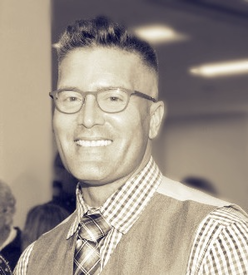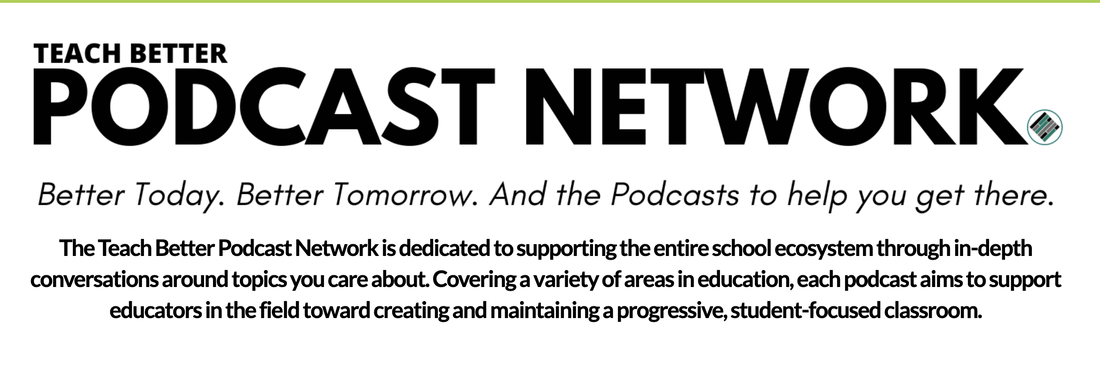
What does the experience of inclusion feel like? Have you ever stopped to think about it? Our conversation with Kevin Shafer on an episode of Time for Teachership is about how diversity and inclusion is not just checking some boxes, but it’s a process that results in students—all students—experiencing inclusion. But to get there, educators and administrators need to overhaul the system. Instead of trying to fit diverse students into specific types of environments, we need to re-evaluate if the current system is even working at all. Kevin discusses an important mindset shift, how to build an inclusive system, and resources to explore. Changing Mindsets from Deficit to Asset In many schools, students with dis/abilities are often excluded. The common mainstream special education system is not built to overcome this and can widen the gap between students of different abilities. Kevin Schafer’s dream is to see special education used as a tool for social justice and equity while still providing a high-quality education to all students. But to get there, educators and administrators need to shift their mindset. Instead of viewing students with dis/abilities through a deficit mindset, it needs to shift to an asset mindset—that the diversity of abilities in a classroom is a major and important asset to everyone’s education. Building a System for Inclusion This mindset shift from deficit to asset is the beginning, but it’s not the only thing that needs to change. Kevin believes there needs to be a system overhaul—a process of building inclusive, diverse systems that help all students achieve a high-quality education. It starts with leadership and the administration team. They need to dedicate time to getting on the same page and building a vision for their school. The vision needs to be a school where all students can learn. It presumes competence, that no matter their abilities, they can learn. Leadership needs to seek input from other stakeholders, especially students and families with diverse abilities. Then, with this input, they can build a plan through a logic model, which includes:
Resources and First Steps Most educators are already on board with creating more diverse, inclusive classrooms—it’s the how that often feels overwhelming. Kevin recommends starting from a point of education and knowledge. He recommends the books “Equity by Design” by Katie Novak and Mirko Chardin and “Anti-Racism and the Universal Design for Learning” by Andratesha Fitzgerald as two places to start. As educators continue to grow in knowledge, they can also address their implicit biases—how do they see students with dis/abilities? Are they in that deficit mindset? Once the system as a whole and adult implicit biases are addressed, then things can truly start to change. Conclusion The “mythical average”—the idea that there are average students in all environments—needs to become outdated. Everyone has growth areas, areas they excel, or areas then need help in. The problem with identifying students by their dis/ability is it makes them a one-dimensional person, instead of the diverse human they are. It’s time to go broader than just the label of dis/ability but see all students as diverse. Then we can build systems that serve each of them. If you want to keep up with what Kevin is doing, make sure to visit www.sipinclusion.org. There are many resources and webinars about inclusion that walk educators through everything step by step. And, if you want to keep up with us at the Time for Teachership podcast, check out more episodes here.
0 Comments
Leave a Reply. |
Details
For transcripts of episodes (and the option to search for terms in transcripts), click here!
Time for Teachership is now a proud member of the...AuthorLindsay Lyons (she/her) is an educational justice coach who works with teachers and school leaders to inspire educational innovation for racial and gender justice, design curricula grounded in student voice, and build capacity for shared leadership. Lindsay taught in NYC public schools, holds a PhD in Leadership and Change, and is the founder of the educational blog and podcast, Time for Teachership. Archives
May 2024
Categories |



 RSS Feed
RSS Feed